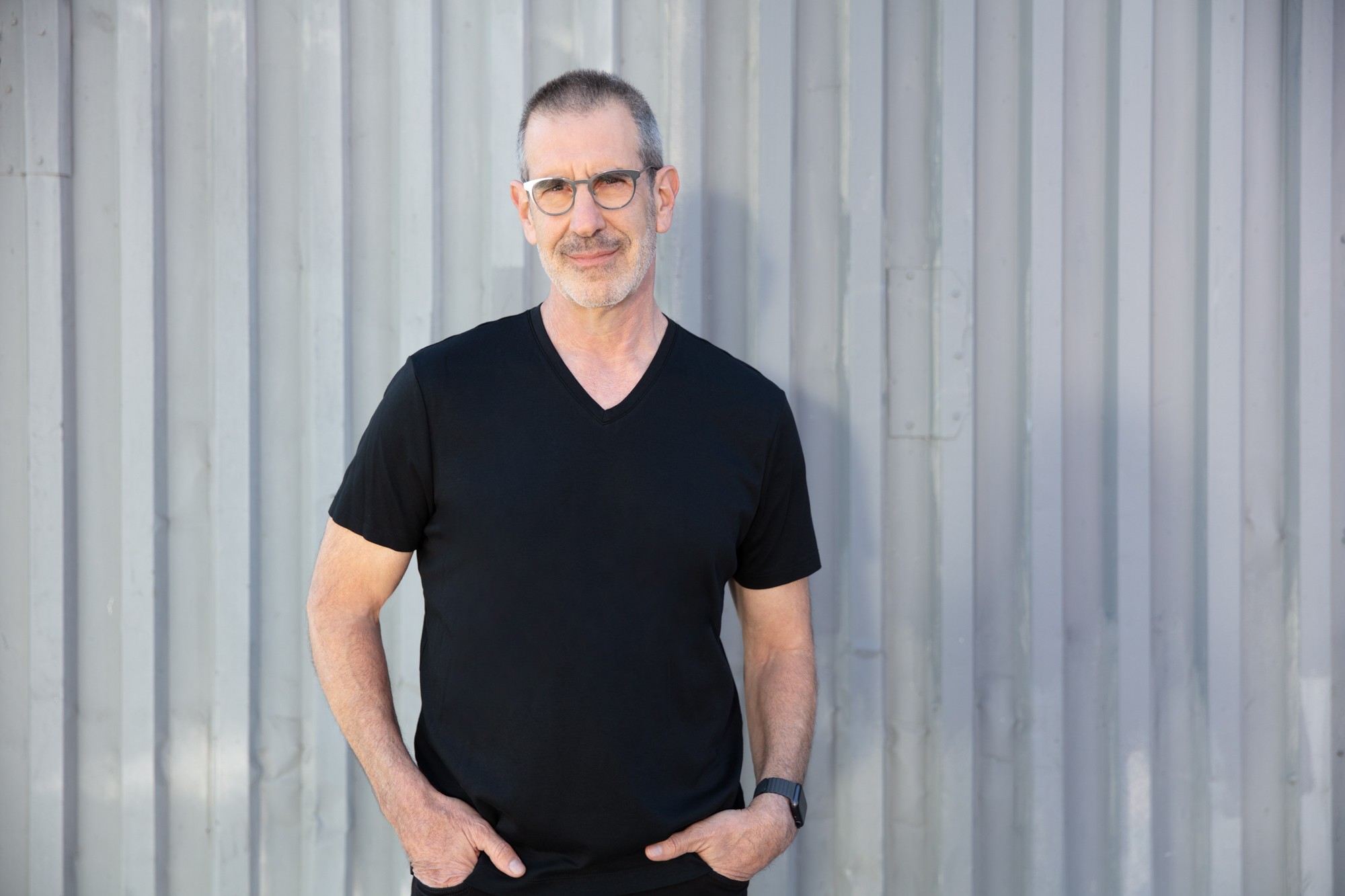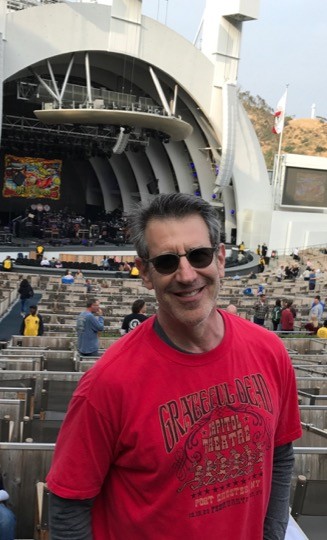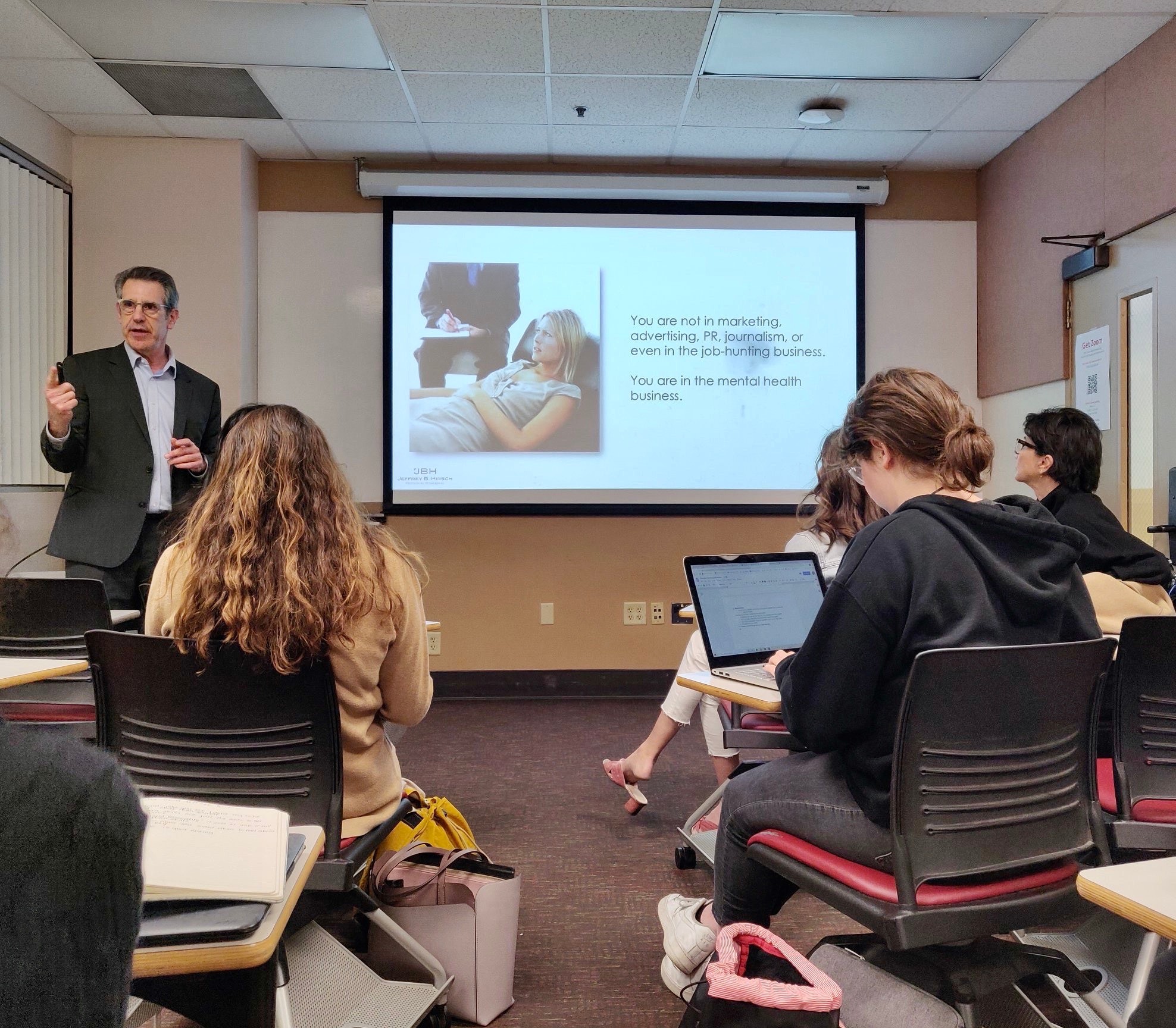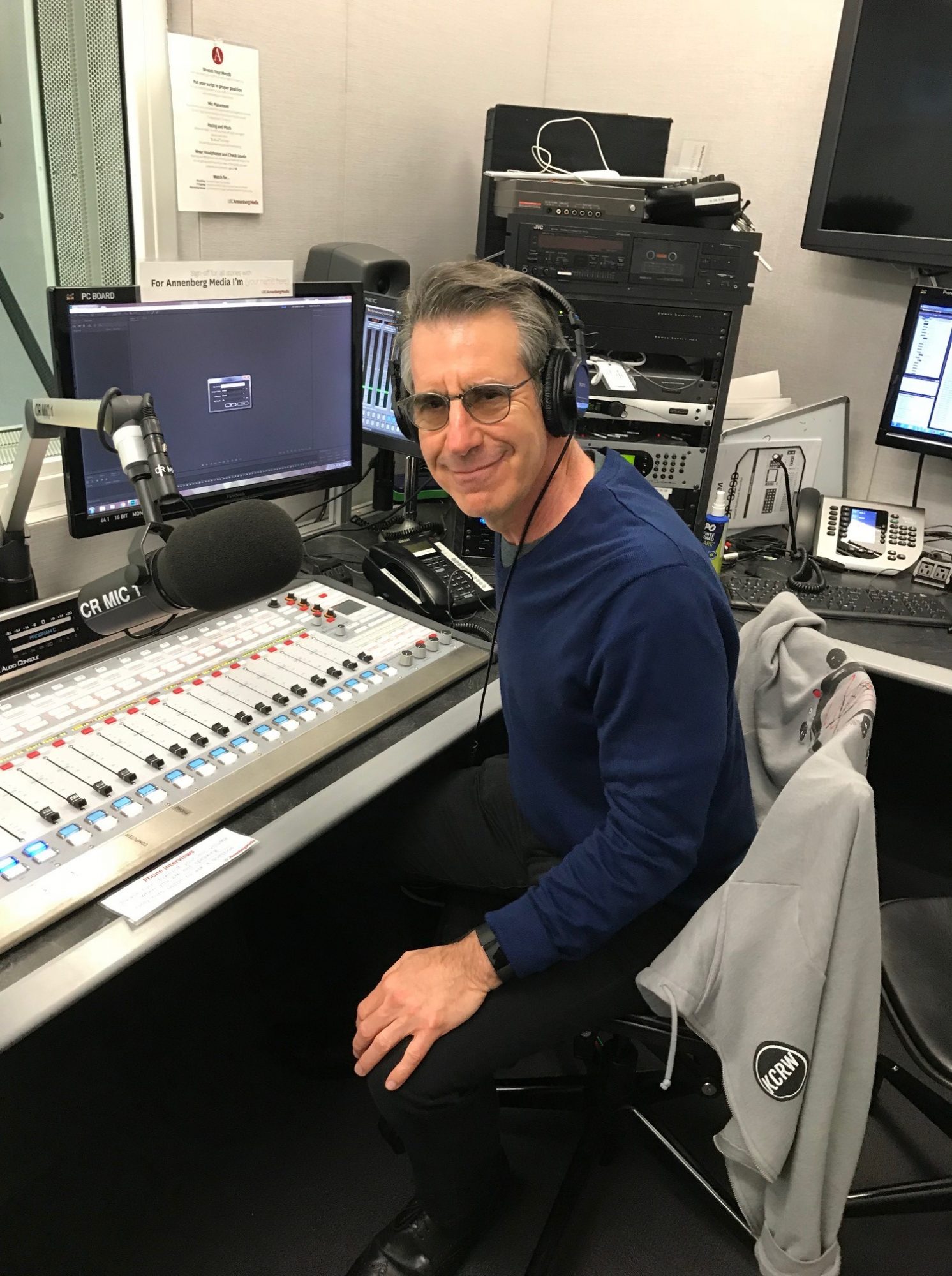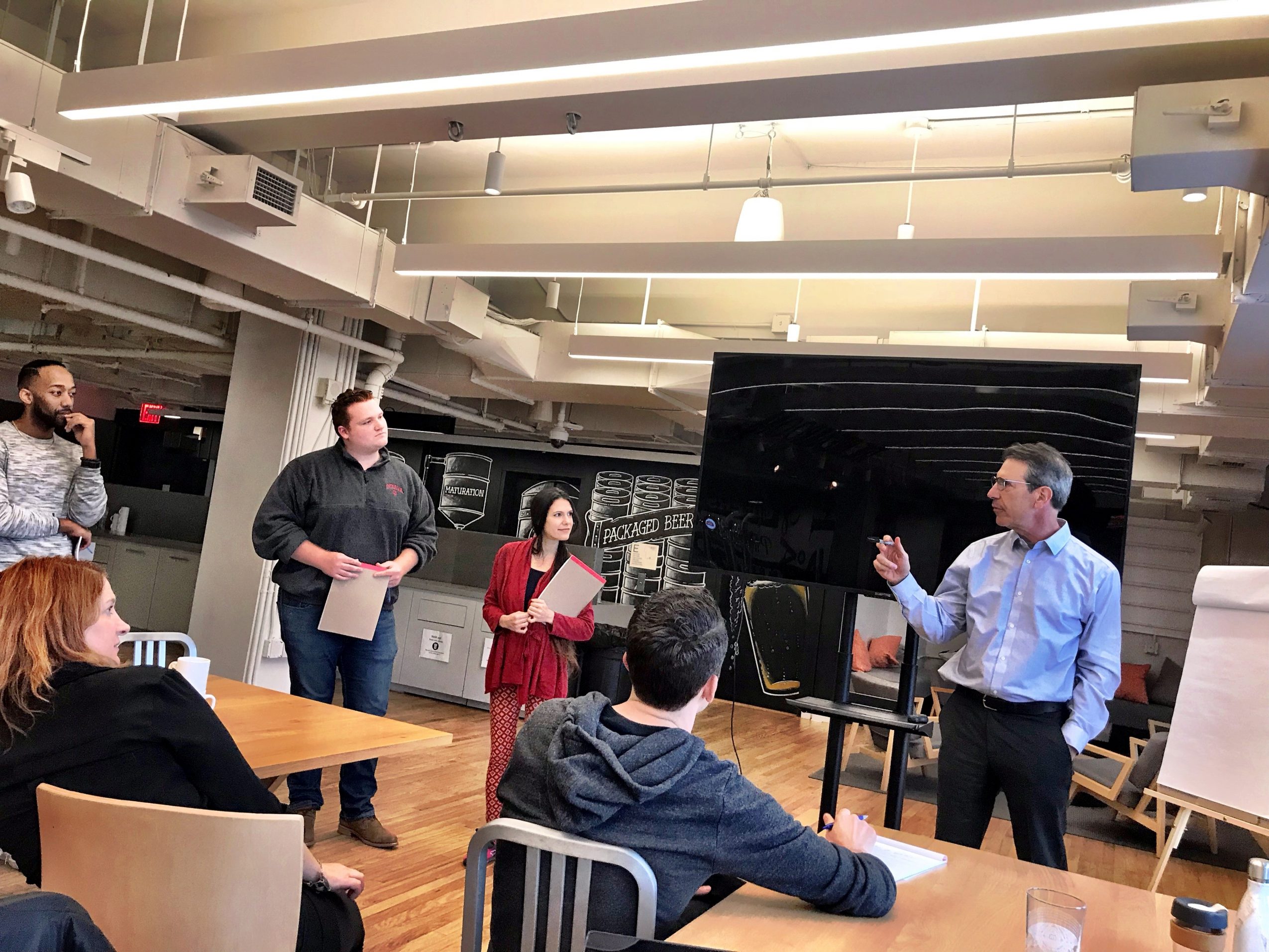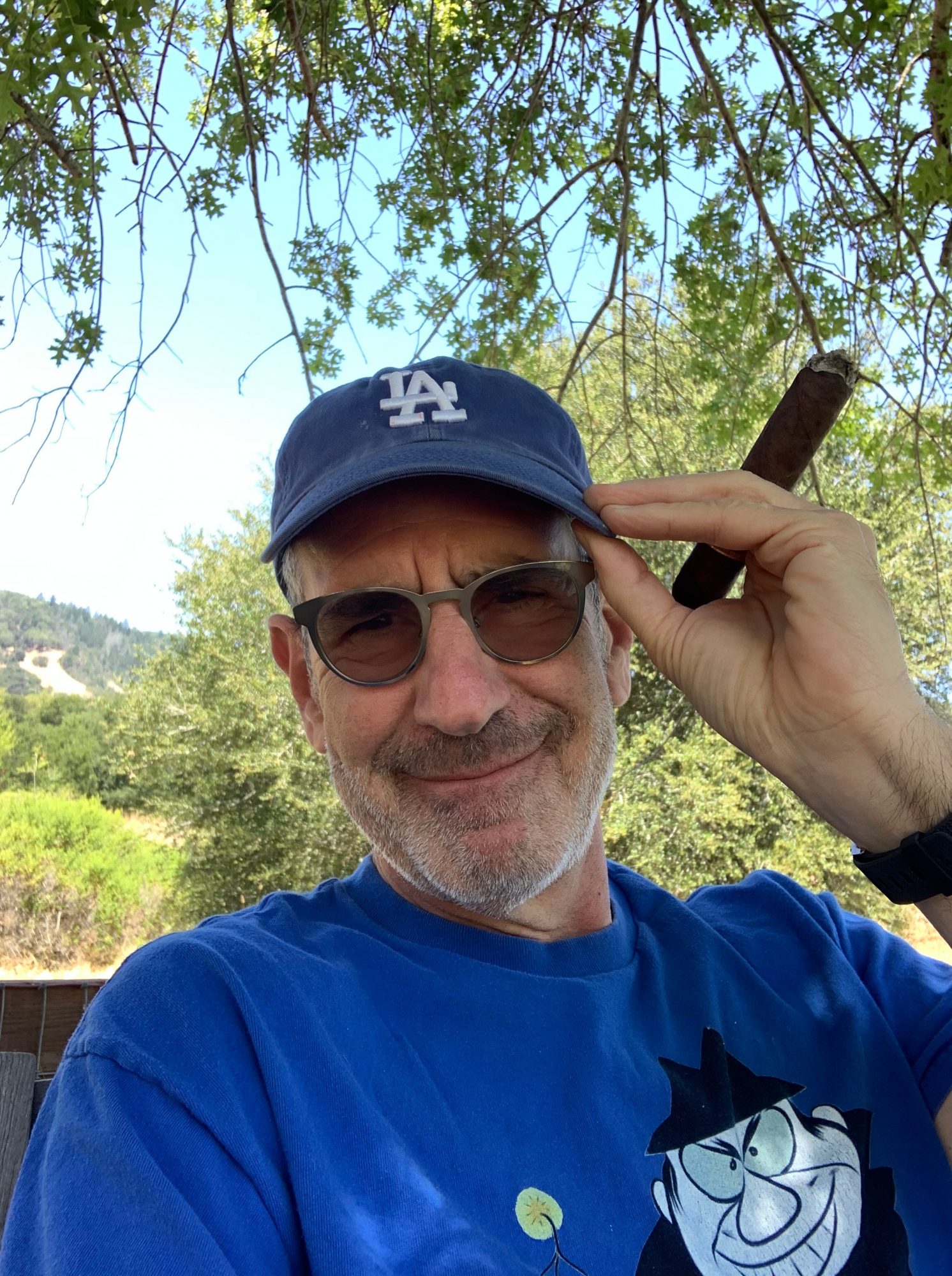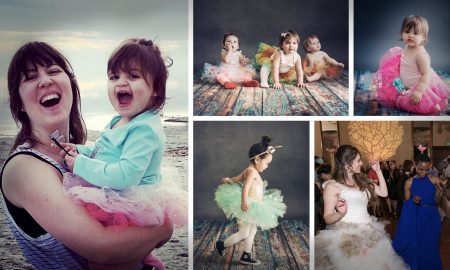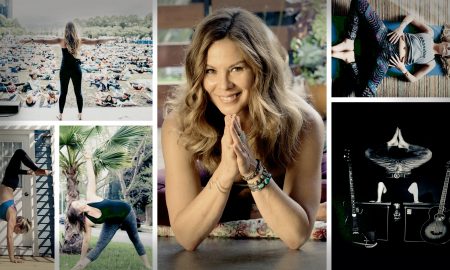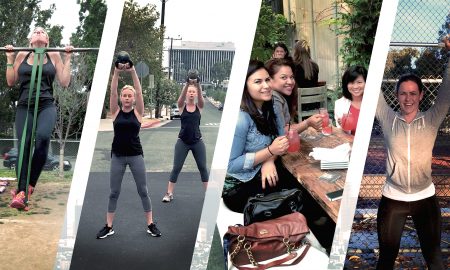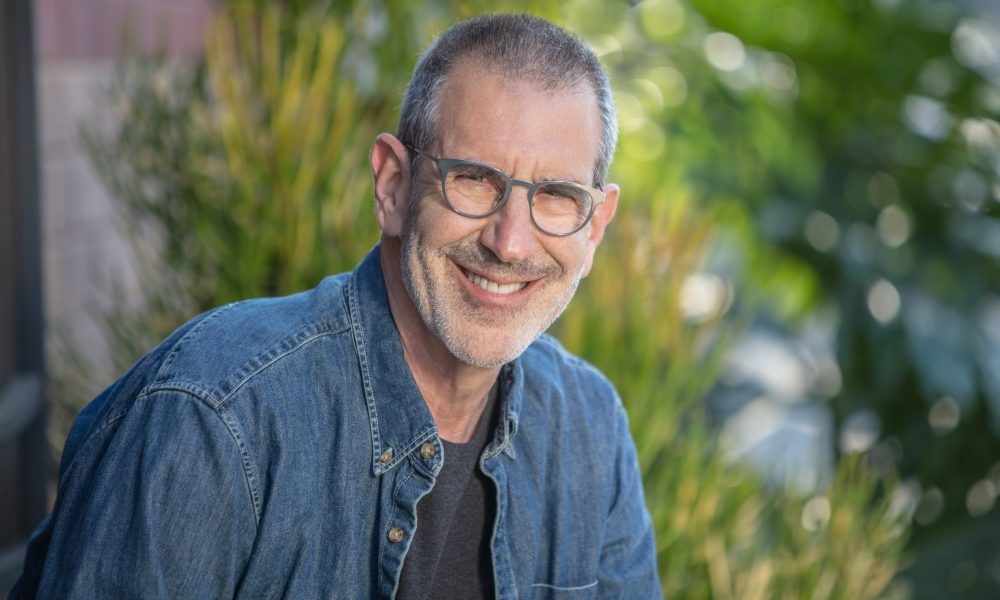

Today we’d like to introduce you to Jeffrey Hirsch.
Hi Jeffrey, thanks for sharing your story with us. To start, maybe you can tell our readers some of your backstory.
My fascination with popular culture led me into a career in marketing. I loved all kinds of music, books, listening to the radio, the movies and watching television. That included the commercials. While I had no idea what branding and marketing were yet, I was fascinated with popular brands and how effective messaging could engage people. After checking the sports scores in the morning newspaper, my favorite reading was the latest promotions on the backs of cereal boxes. I’d be rapt as I ate breakfast and always hopeful that when I sent in the box tops or labels required to enter contests that I’d be a winner. I remember a promotion that Chef Boyardee ran was I was about five or six years old. They were a big sponsor of the Lassie TV show which was hugely popular with kids. If you sent in a label from their canned pasta, you’d have a chance to win one of the puppies from Lassie’s litter! I had to twist my mom’s arm to buy a can in the first place, but I was convinced that it was my fate to win. Fortunately for my parents, who would never tolerate a shedding dog in the house, it was not to be. But there was something about engaging with a brand so closely was intriguing.
When I got to college at Northwestern University, I discovered, much to my surprise, that the study of popular culture was a worthy intellectual pursuit. There were smart people, PhD’s and authors of important books, who dedicated their lives to studying the TV shows, cartoons and movies I loved! I majored in Radio-TV-Film with an emphasis on film history and criticism. My favorite area of study was film genre, where I learned about the social and historical context of popular film types along with the larger context of Jungian archetypes and storytelling.
I had written essays on film for a few university publications and ran the Northwestern Film Society for a few semesters. This led me to consider a career in journalism, where I thought I’d focus on long-form pieces related to entertainment. But lacking confidence in myself and nervous about getting out into the world, I chickened out and deferred adulthood for another year. I applied to graduate school.
The initial idea was to apply to Northwestern’s well-regarded Medill School of Journalism. One cold winter afternoon after class, I walked over to the school office in an old building on Lake Michigan and asked for a course catalog and application. Looking over it all in my dorm room later that day, I discovered Medill’s Graduate Advertising program (now known as Integrated Marketing Communications). There was an amazing statistic on one of the last pages of the brochure. Over 90% of program graduates find jobs at top ad agencies, including many that would come to campus to recruit. I couldn’t help but notice the starting salaries which were incredible at the time. What would I do with all that money?!? I quickly rationalized that advertising was a creative field at the heart of the popular culture and I’d be well suited to the profession.
And I was right. All these years later, I still love what I do.
I started with a wonderful ad agency in New York after I graduated. After working there for three years, I was recruited by my key client, Brown-Forman, to work for them directly. That client-side experience was invaluable, pushing me beyond marketing and providing a much broader perspective on what it takes to run a business effectively. I worked closely with finance, sales, legal, manufacturing and R&D.
Still, after three years there, I missed the fast pace and creative orientation of the ad agency business. And while I truly enjoyed the time I spent living in Louisville, Kentucky, I missed the big city and having this amazing hub of global cultural on my doorstep. I grew up in the suburbs of New York and lived in the city when I got out on my own. Those were amazing years! I had a few bucks in my pocket and lived in New York City, where every single day and night offered potentially amazing experiences.
Though a New Yorker at heart then and a New Yorker at heart now, I set my sites on a different place. Many of my friends from Northwestern had moved to LA to be in “the business,” and I was always fascinated with Hollywood, the music scene, and of course the warm weather lifestyle.
So I wrote my resume and sent it to some big agencies, quickly landing a job at the hottest ad agency at the time, Chiat/Day in Los Angeles, working on the Apple business.
Chiat/Day was a great place to be, but I didn’t last long. I quickly grew tired of account management work and left the agency after a year to pursue my own business. I saw an opportunity to infuse the strategic planning process with creativity. So, I created processes for marketing innovation that leveraged proprietary ideation and marketing insights techniques with a focus on qualitative research, i.e., in-depth interviews and focus groups. Three decades later, the methods have evolved for the times, but I continue to be successful with what is, essentially, the same basic services. I even work with some of the same clients I had in the 90s.
I’ve been blessed to work with some of the world’s most important companies and brands, including Pepsi, General Mills, Taco Bell, Pizza Hut, Disney, Unilever, Procter & Gamble and more. I’ve now worked on nearly every major product category known to humankind, from agricultural chemicals to beer, software, health care, fast food, packaged goods, pharma and much more. And I’ve also been lucky enough to work with some really interesting start-ups and mid-sized firms.
I’m sure you wouldn’t say it’s been obstacle free, but so far would you say the journey have been a fairly smooth road?
It was an incredibly smooth road at the beginning. When I started on my own, I found myself working about half the time and making twice the money. Good deal! And finding business was deceptively easy. The clients seemed to find me. After leaving Chiat/Day, I reconnected with some of my old bosses, two of whom offered me jobs. But I didn’t want another job. This was the 80’s when tech was booming, capital was flowing, and the age of the entrepreneur was upon us. Instead, I negotiated work a project basis and pursued other clients. This was the start of the great consolidation business. Ad agencies and marketing companies were being bought up by the big holding companies every day, which brought my vision into focus. That was to build up my innovation and insights company, sell in a few years for $10 million or more, retire before 40, and become a scratch golfer.
The first year was a breeze, but at the end of the year, my retainers had lapsed and the new business pipeline was not as fully developed as it should have been. I thought, naively, that my business proposition so compelling and my work was so extraordinarily good that I’d never have to chase business. But no!
I was caught flat-footed and unprepared, frantically making cold calls and doing spec work that second year. I was barely able to pay my rent at times, but I was persistent. By year three, I was working on projects with the likes of Nestle, General Mills, Mobil-Exxon, Pepsi, Nabisco and others.
Still, it was a roller coaster ride, seemingly always a feast or famine situation. There were many bumps in the road and a good deal of self-inflicted pain.
Believing that my success was dependent on providing “great work” to the exclusion of everything else, I poured myself into each assignment with a goal of significantly exceeding expectations. That I did, working incredibly long hours and pushing myself to impress my clients with my passion, creativity, and intelligence. I was astounded in those early years that after delivering work that was successful by any objective measure, there were many clients wouldn’t give me repeat business.
My role model for my new business was my last boss, Jay Chiat, a bigger than life personality and a great leader. Jay was supremely confident and not just a little bit arrogant. He insisted that the agency’s work was second to none, citing success after success – with the Apple account featured first and foremost. The awards, press and accolades followed Jay wherever he went. Most ad agencies fight a losing battle to establish anything close to an equal footing with their clients. It’s a service business after all, where agencies serve at the pleasure of the client. Jay turned this notion on its head. “We’re the pros,” he’d say. “This is where the magic happens. We have the magic and you don’t! Focus on making your widgets and leave the advertising to us. And if you don’t like it, go somewhere else.”
I was no Jay Chiat. He had built an organization with hundreds of employees and offices in three major cities. Their work was in the news almost every day. Chiat/Day wasn’t only a darling of the trade press but featured in mainstream newspapers and magazines regularly. Everyone was talking about it. Once a major company hired them, there was a good deal of pressure on the client marketing team to indulge the agency. And the day-to-day people rarely saw Jay anyway.
That was not the case for me. First, I couldn’t show anyone my work. It was all confidential strategy stuff for the eyes of my clients only. I didn’t make ads for all to see. I may have thought of myself as great strategic guru at the time, but Jay was famous and I wasn’t. He was a confident, mature businessperson in his 50’s and I was an insecure, cocky 32-year-old with a bad case of imposter syndrome. No wonder people reacted to us differently.
It’s so obvious with the benefit of hindsight, but my ego-driven focus on being the star of the show, the savior who would come in and solve thorny problems no one else could and single-handedly save the business backfired badly. The quality of the work, while indeed objectively great nearly all the time, paled in comparison to the need to make my clients feel great about hiring me. It was my own insecurity at the root of it all. Rather than letting the work speak for itself, giving credit where credit was due to my clients, exuding empathy and generosity of spirit to build mutual trust, I was a narcissistic jerk.
The work is important, but it’s really just the ante to get into the game. More important is how my clients felt about working with me. I wish I had known that sooner! The good news is that I did eventually figure it out, and I believe that my continuing success comes from the healthy relationships I’m able to establish with clients.
Of course, this rolls over to real life as well. My first marriage failed, among many other reasons, from a relentless focus on myself and a complete inability to see things from my wife’s perspective. My current marriage is truly blissful. Choosing well was certainly a key factor, but I now spend my days thinking of ways to please her rather than trying to find fault or being “right” all the time. The cliché is true: Happy wife, happy life.
And happy clients, happy business. They obviously care about the work itself, but more important is ensuring that they feel seen, heard, included, and praised for their contributions.
We’ve been impressed with The Right Brain Studio, but for folks who might not be as familiar, what can you share with them about what you do and what sets you apart from others?
The Right Brain Studio provides insight, strategy and innovation from a high-touch, human perspective. We engage with consumers through face-to-face, highly personal interactions to reveal the nuance and humanity beyond the facts.
The boom in technology and big data has been both a boon and a curse. The relatively recent ability of companies of all sizes to leverage data to make informed decisions is unparalleled. But as one of my clients, the Executive VP and Head of Insights for a Fortune 50 company once told me, “It seems we’ve got lots of data but few insights.”
There just aren’t enough people in many organizations to actually analyze the mountains of data that come in on a daily basis and turn that analysis to actionable, revenue-generating marketing programs. Moreover, quantitative data often provides the “what” but not the “why.”
We focus on the why leveraging a psychotherapeutic approach that allows research respondents to tell their stories and reveal who they are on a deep level. I strongly believe that most of the brands we buy are purchased not for their utility but for how they make us feel and what they say about ourselves. If we just looked at the facts in a cold, objective way, would any of us use Apple products? There are alternatives that work just as well, sometimes better, for much less money. The rational decision would be to operate in the Android/PC knockoff universe where you’d get the most bang for the buck. But oh, the potential embarrassment not being inside the Apple bubble! I had a student who told me that if she connected with a hot prospect on a dating app, she would end the conversation immediately if his text showed up in green! To paraphrase her thoughts, he’d be “cheap, socially inept and filled with low self-esteem.”
As I love to say, the facts never matter in life, love, politics, or marketing. Our approach reveals the values, aspirations, and fears of consumers so that we can understand their attitudes, motivations, and behaviors on a deeper level.
I’m very proud to have created, literally, billions of dollars in incremental revenue for my clients over the years. You can buy products that we’ve created in supermarkets all over the world. And we’ve helped companies in tech, insurance, health care and other categories – both B2B and B2C – translate complex messaging into accessible, emotional, and ultimately very human terms.
Lately, it gives me great satisfaction to teach and nurture young marketers, both as an Adjunct Professor at USC and when working with young people in my clients’ organizations. Nothing makes me feel better than knowing I’ve made a difference in someone’s life. To that end, I opened up my business to individuals as well as companies. My personal branding process, which is nearly identical to what we do with our corporate clients, has helped people from entry-level to the C-Suite standout, get hired or promoted, and most importantly, get them in touch with their strengths and purpose.
How do you think about happiness?
As I’ve grown older, more of my happiness seems to come from making others happy, particularly those closest to me. On a more selfish note, nothing makes me happier than playing music. I’ve been a musician since elementary school, having once been an accomplished (for a high school player) clarinetist. But I lost interest in the clarinet when I got to college, bought a guitar and became a wannabe rock star. Years later, I’ve become quite decent, even if Madison Square Garden or Caesar’s Palace won’t book me for a residence. Still, it’s the most fun I have. Songs all tell stories and I love embracing the music and lyrics, putting myself in those stories to explore my own feelings.
More importantly, my wife makes me happy on a daily basis. I couldn’t be more grateful for this wonderful relationship.
Contact Info:
- Website: www.therightbrainstudio.com
